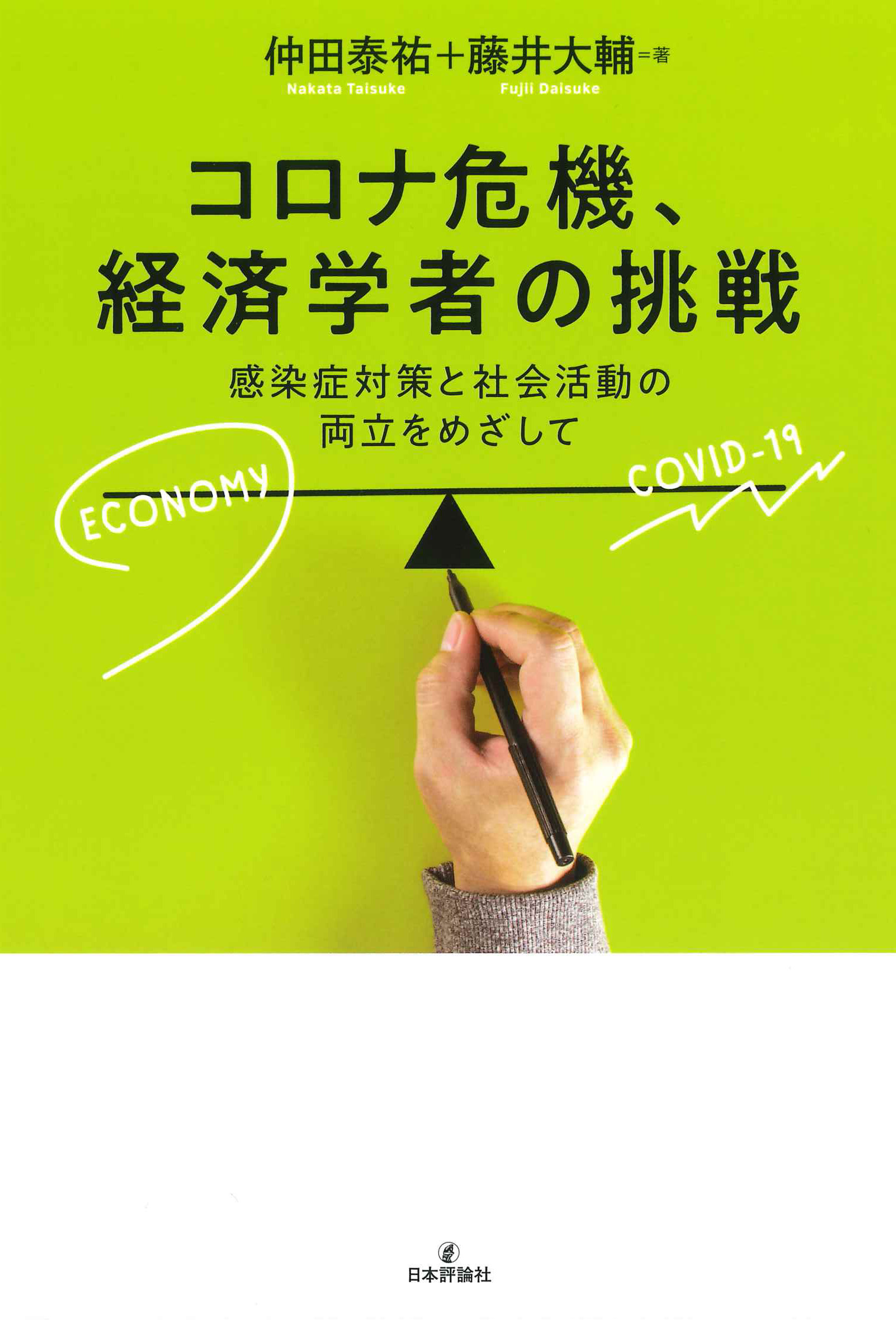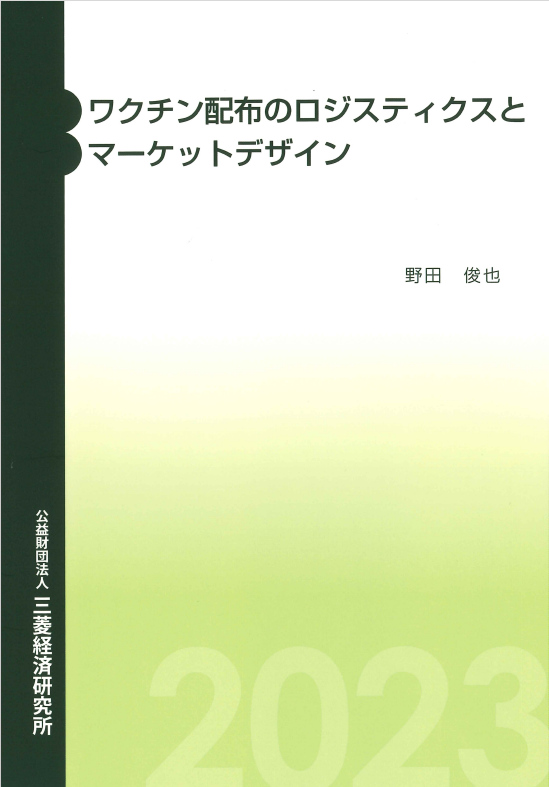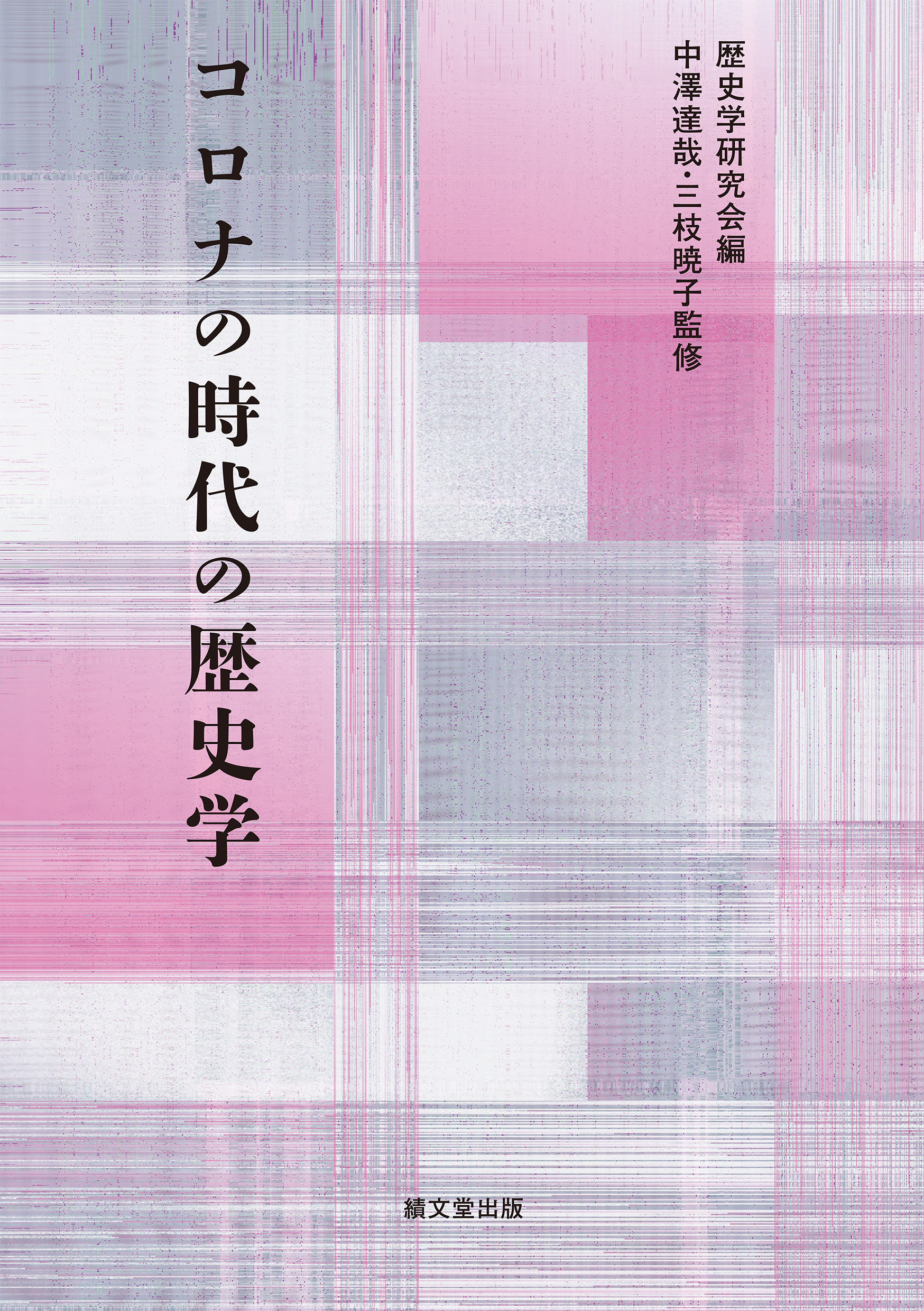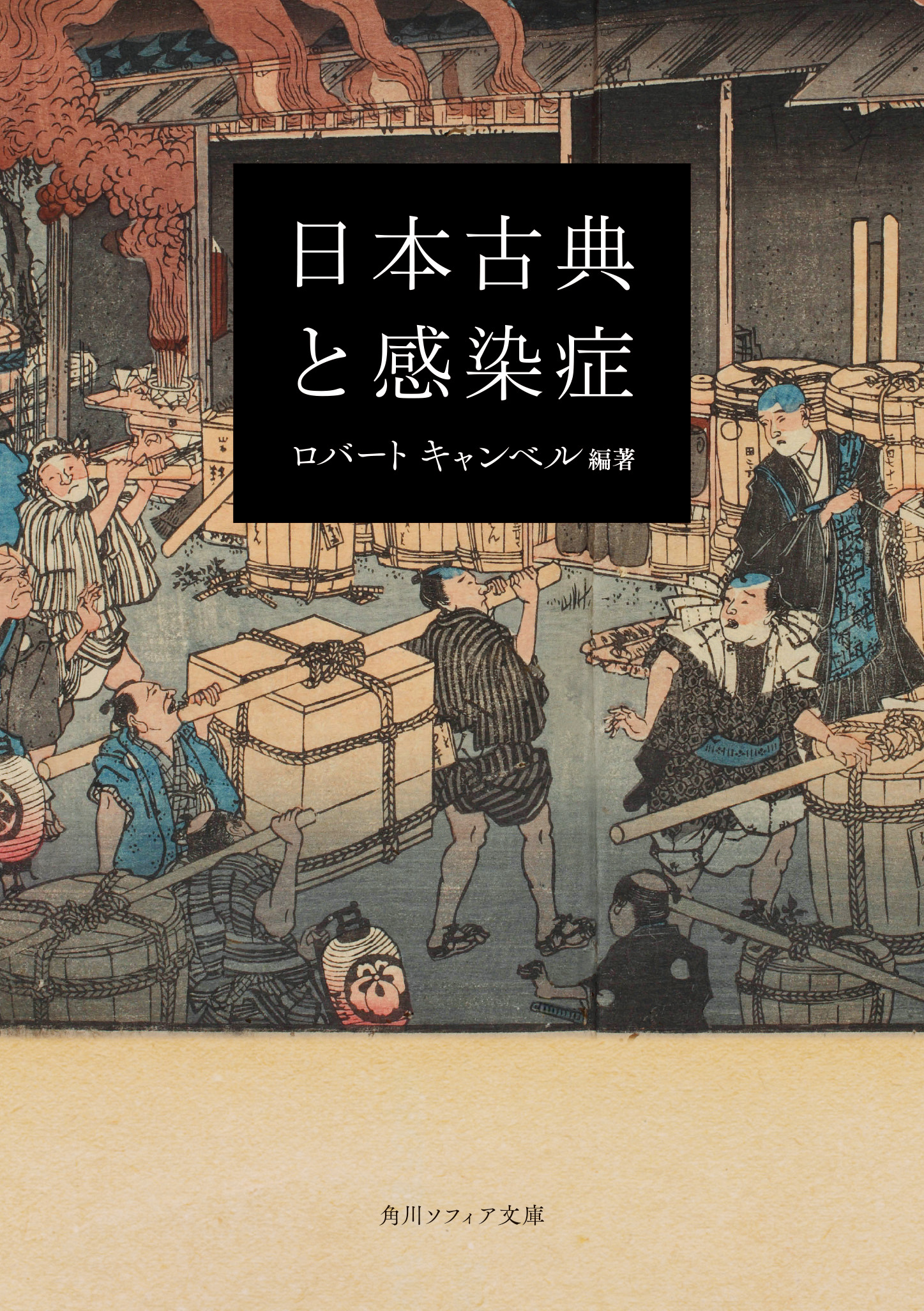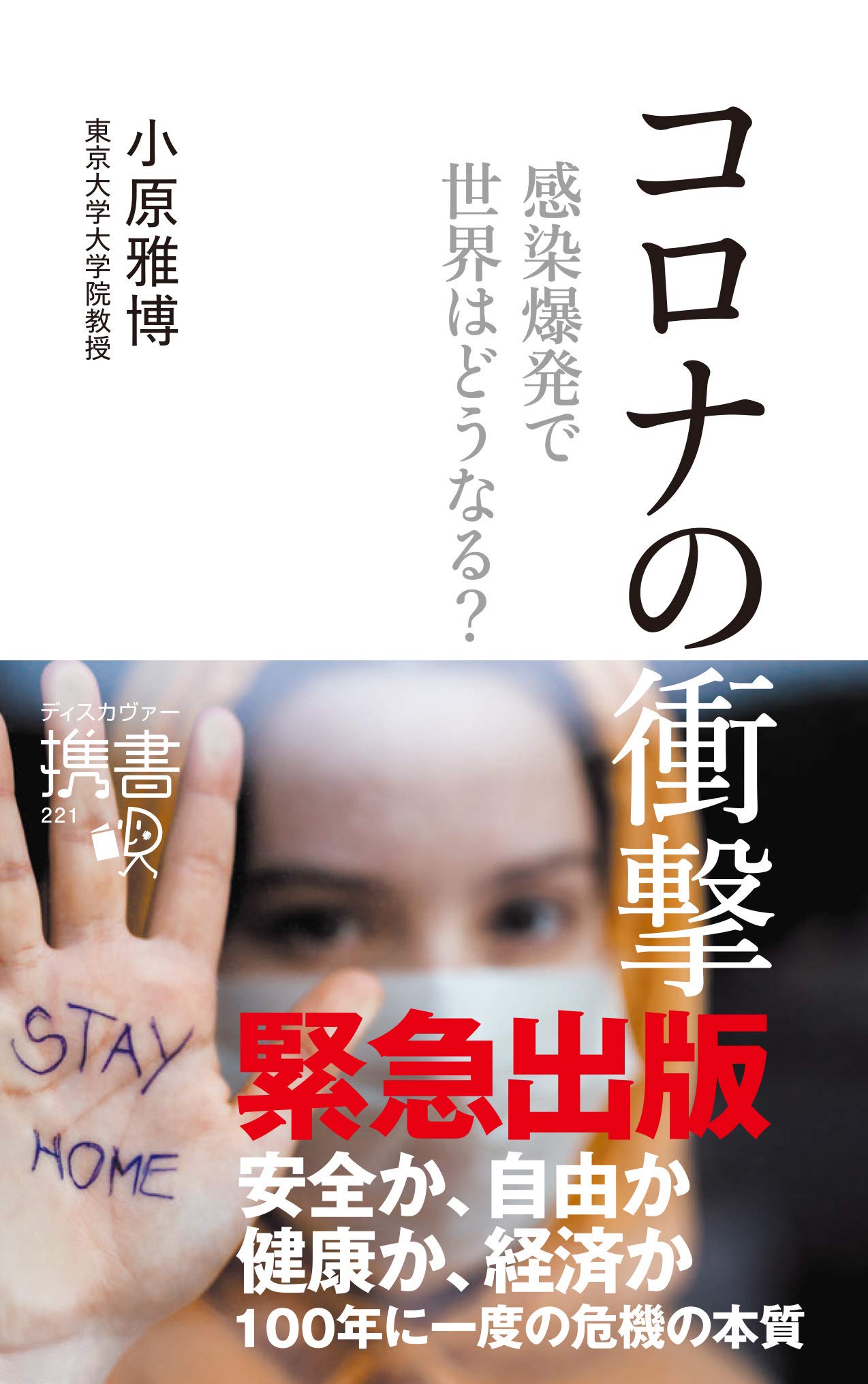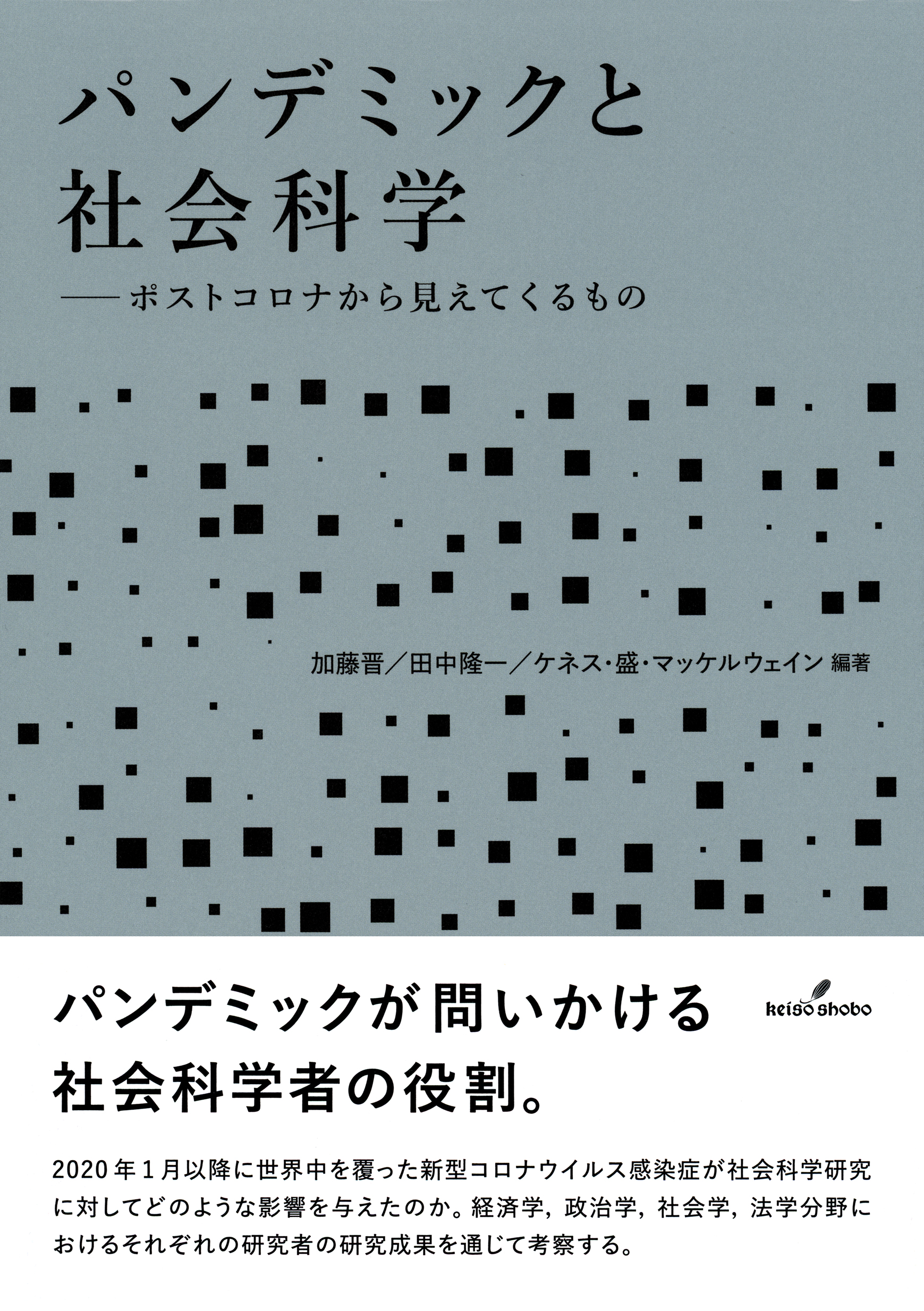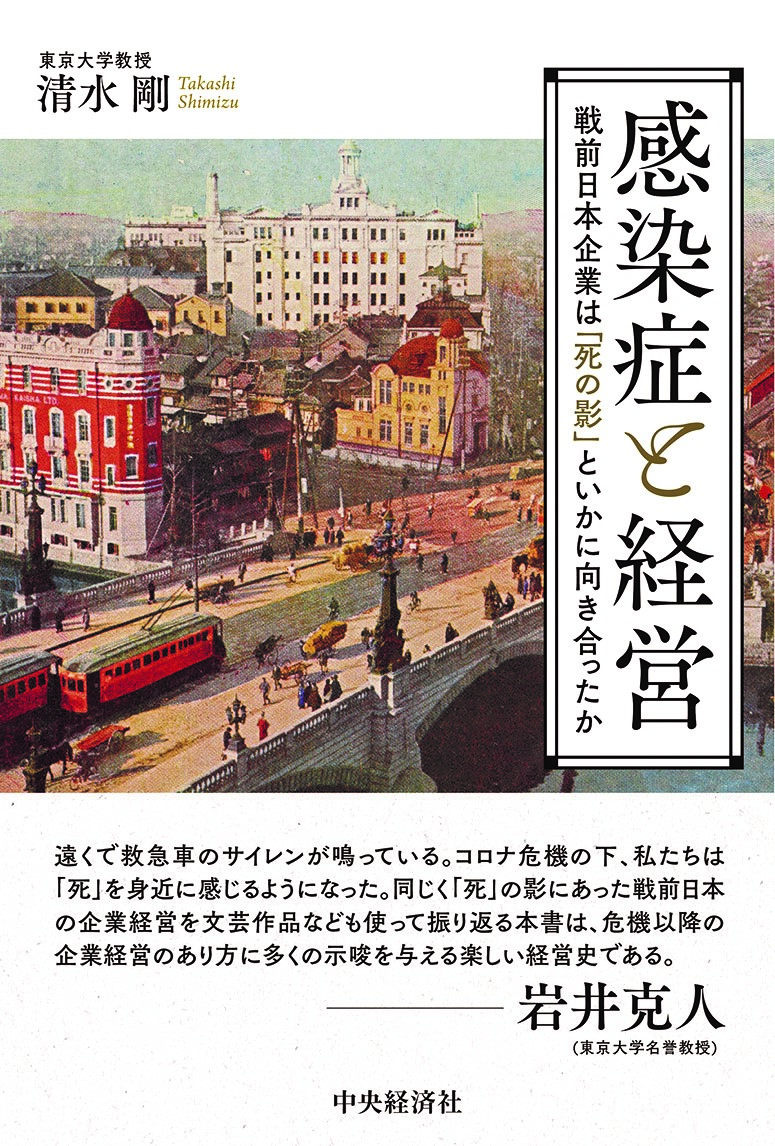
Title
Kansen-sho to Keiei (Infectious Diseases and Management: How Japanese Companies Coped With the “Shadow of Death” Before WWII)
Size
184 pages, 127x188mm
Language
Japanese
Released
April 27, 2021
ISBN
978-4-502-37741-9
Published by
CHUOKEIZAI-SHA HOLDINGS, INC.
Book Info
See Book Availability at Library
Japanese Page
Some may be surprised that the time before WWII was the “era of infectious diseases.” Although this is not often emphasized in novels, dramas, and other works depicting life before WWII, the people of this era were exposed to various infectious diseases such as tuberculosis and influenza, and antibiotics and vaccines were not yet commonplace in society. In this regard, Japanese people prior to WWII were directly confronted with the risk of death and health problems due to infectious diseases. However, following WWII, antibiotics and vaccines became more widespread and advances were made in medical technology, enabling the rapid decline of the risk of infectious diseases in Japan. As a result, since the end of the war, we have long not considered significant the risk of infectious diseases.
However, facing the new threat of COVID-19, we must now urgently think about how we can live under the impact of an infectious disease.
In light of these circumstances, this book reflects on the relationship between companies and individuals in the current era, in which we “live with COVID-19.” This relationship and its significance in the threat of infectious diseases are considered by using the example of Japanese society during the prewar period, once the “era of infectious diseases.”
In summary, this book concludes that people have built cooperative relationships with businesses, and based on this, businesses have provided people with protection against future risks, allowing them to respond to the possibility of death and other risks brought on by infectious diseases. This means that companies have provided means of handling risks, such as livelihood security and employment retention for workers in the case of death and hospitalization, or increased long-term distributions for shareholders, which have incentivized people to continue to work for or invest in them.
This book argues that this method of handling risks was already used in prewar Japan and can still be employed today. Essentially, by building collaborative relationships, businesses can be a means for people to respond to future uncertainties.
Naturally, as mentioned in this book (Chapter 6), the more people depend on a company, the more power the company has over them and the more it will try to subordinate them. To use a company as a means of handling risks, a mechanism is needed that does not allow the company to gain power. While this is briefly discussed in this book, it is not a simple matter. However, a company can be an effective means of dealing with uncertainty if it can be controlled to prevent it from gaining power.
Although COVID-19 may (with some hope) end in the not too distant future, new infectious diseases may emerge thereafter. In this new era of infectious diseases, businesses can serve as one way in which people can survive in such times. While reading this book, I hope you will think about how you can effectively use companies to live in the future.
(Written by SHIMIZU Takashi, Professor, Graduate School of Arts and Sciences / 2021)
Related Info
Takashi Shimizu “Infectious disease and labor management - A retrospective look at Japanese society before WWII” (Annals of Business Administrative Science, Vol.20, p.253-267 Dec. 2021)
https://doi.org/10.7880/abas.0211021b
Book Review:
Reviewed by Julia Yongue (Shashi: The Journal Of Japanese Business And Company History, 7(1), 48-50 2022)
https://shashi.pitt.edu/ojs/index.php/shashi/issue/view/7
Reviewed by Jin-ichiro Yamada “Book review for Prof Shimizu’s new work: 'Infectious diseases and corporate management before world war II' (Jin-ichiro Yamada researchmap blog April 25, 2021)
https://researchmap.jp/blogs/blog_entries/view/78875/6418749e72b6a8214f6035dd83fc6415?frame_id=500699



 Find a book
Find a book


 eBook
eBook